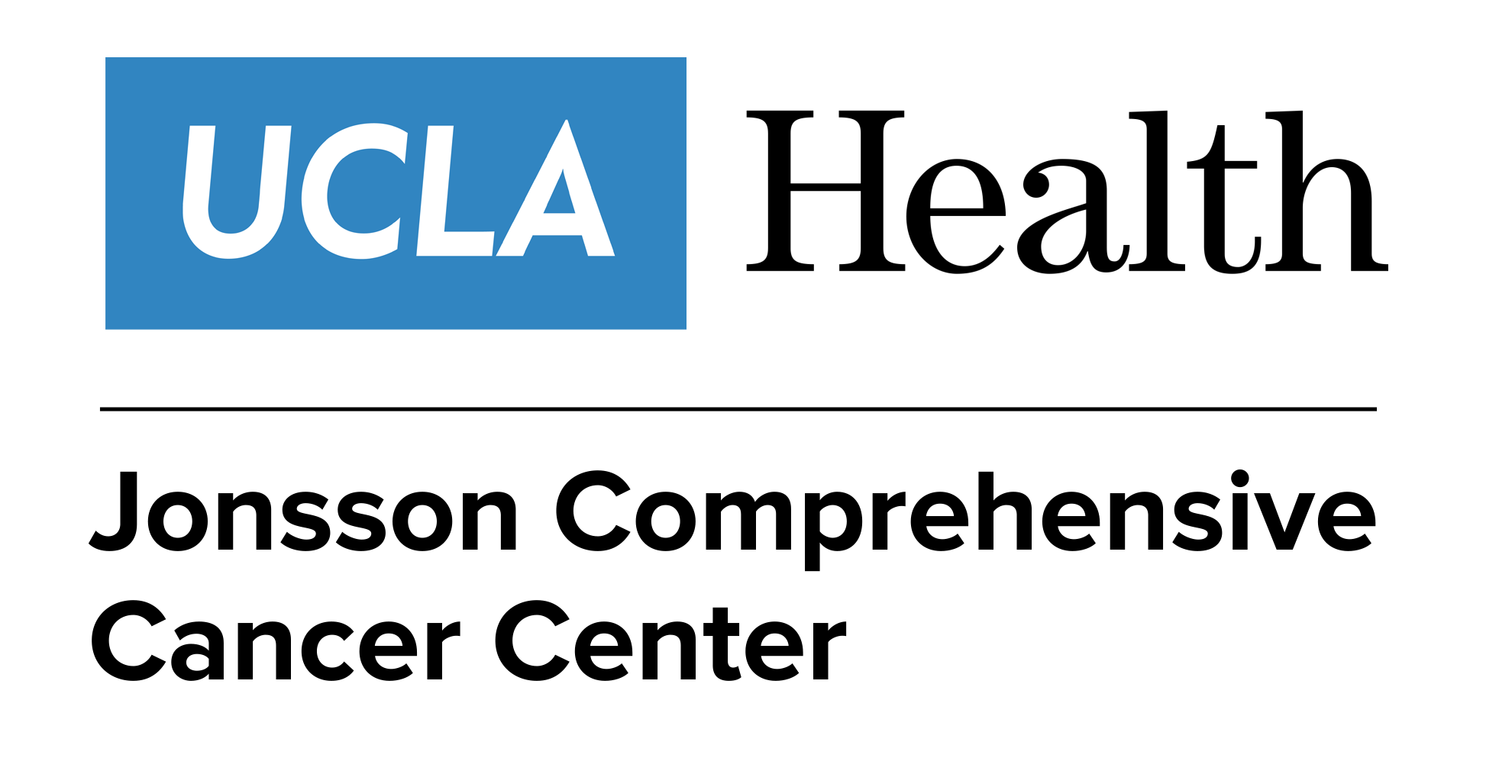
Recent Advances in Leukemia Treatment Continue to Improve Patient Outcomes

Stephanie Jackson, DNP, MSN, RN, AOCNS, BMTCN, Oncology Nursing News Co-Editor in Chief, shares her opinion on recent developments in leukemia treatment options.
Providers can’t treat acute leukemias one way and chronic leukemia’s another way, according to Stephanie Jackson DNP, MSN, RN, AOCNS, BMTCN, unit director, hematology/stem cell transplantation, UCLA.
“[It’s necessary to find] that genetic abnormality that’s driving that cancer, and to target those abnormal B-cells or T-cells on the different stages of mitosis, to be able to really manage their treatments the best we know how,” she added.
Jackson presented on leukemia essentials for the oncology nurse at the
“The one I am most passionate about is definitely blinatumomab. That has really changed things dramatically for acute lymphoblastic leukemia (ALL) patients CD19-positive, you know we were a part of the clinical trials, we had a cohort of patients, [but] we just could not get to transplant. They relapsed on hyper-CVAD, they relapsed with augmented berlin-frankfurt-münster (BFM), and then finally when we saw the evolution of blinatumomab, it was really exciting to see that drug being given and [that] were able to bridge these patients and take them to transplant,” she said.
“The other one I would definitely say is, vyxeos, the combination for acute myeloid leukemia (AML), the combination of cytarabine and daunorubicin is probably one of the most exciting things that was approved recently, and this was a drug where we treated AML patients for [the past 40 years] with a 7-day continuous infusion of cytarabine, 3 days of daunorubicin, [and] really the patient would always have to be admitted for this therapy,” Jackson added. “And now to switch to this therapy and allow for [this therapy] to be given on days 1, 3, and 5, [with a] a 90-minute infusion, it allows the patient to be treated in the in-patient or outpatient setting, which is very exciting.”
Newsletter
Knowledge is power. Don’t miss the most recent breakthroughs in cancer care.






























































































